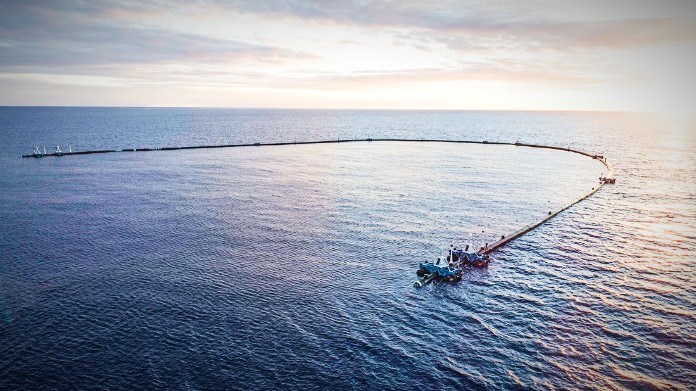The thing about new private cellular, and all the Industry 4.0 pyrotechnics that might burst from it, is that it is not just about shifting boxes and optimising business. There is ostensibly a very neat – and very convenient, cynics might suggest – environmental aspect to the business of digital change. All the storied hyper-automation and super-intelligence that is supposed to come from it is geared, ultimately, to maximising industrial efficiency.
Which means efficiency in terms of total global economic usage – of energy, resources, labour. Which might, maybe, check, or at least manage, our slide into oblivion. If that sounds like doom-mongering (to crazy deniers), it is really just telling it like it is. We know this, anyway, of course. And a hundred words in a dropped-intro to a mar-coms writeup about a telco vendor’s latest contract does nothing to edify such a simple observation.
And it does nothing to make private 5G a benevolent pursuit, either. But Nokia’s work with Dutch integrator MCS (not to be confused with Belgian distributor Mobile Control Systems) to build a private-cellular and edge-compute resource for The Ocean Cleanup project, the international non-profit developing tech to rid the world’s oceans of plastic, is a good-news announcement, and one that puts ‘planet-saving tech’ directly into planet-saving mode, for once – starting with the challenge of garbage hell.
And here’s the writeup of the press release, shorn of superlatives and congratulations; Nokia has deployed a private LTE (4G) network, plus edge equipment and software apps, for The Ocean Cleanup’s operations in the North Pacific, where it is developing tech to ‘harvest’ plastic in the Great Pacific Garbage Patch. The Finnish firm has supplied its full DAC and MXIE Industry 4.0 stack. “Further systems” will be deployed at a later stage, it said.
The solution will also make use of subsea optical fibre. IoT-based acoustic sensing and video streaming – plus other “remote environmental monitoring” apps, software (AI) analytics, and drone solutions – will be used to “navigate” operations on land and at sea, and provide a live stream of telemetry data to teams running the project. Nokia said it will “explore that role further”.
Stephan Litjens, in charge of Nokia’s Industry 4.0 portfolio, explained: “Our DAC and MXIE system(s) will ensure reliable, cost-effective voice and data communication between the two ships involved in the clean-up operation. With secure coverage on open sea also enabling video and analytics, this solution improves worker safety and provides high visibility and scouting of target clean-up areas.”
Nokia referenced its own Environmental, Social and Governance (ESG) strategy. A press statement also quoted UNESCO, that plastic waste makes up 80 percent of all marine pollution and around up to 10 million metric tons of plastic are dumped in the ocean each year.
Subho Mukherjee, head of sustainability at Nokia, said: “Through our subsea optical fibre networks, [and] innovations such as acoustic sensing, environmental monitoring, [and] private wireless, Nokia will continue to play an important role in the marine environment. We are proud to support and collaborate with The Ocean Cleanup, and look forward to see how our technology can drive sustainable change and help protect critical natural resources and habitats.”

